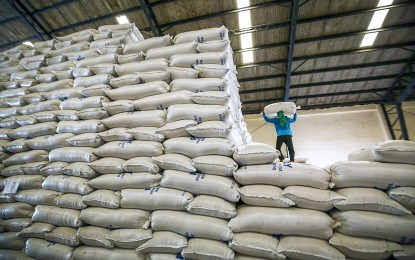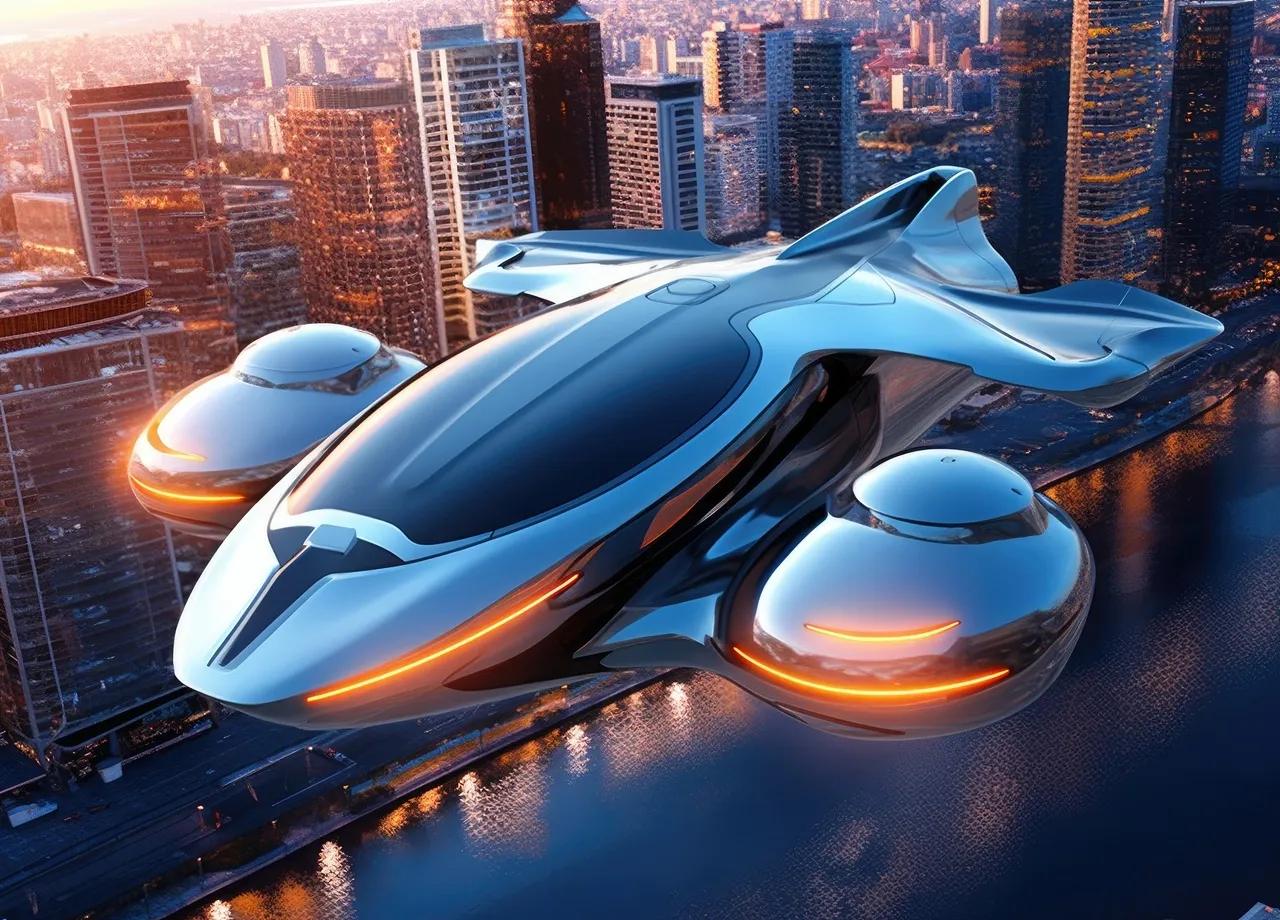Intel's New CEO Plans Major Revamp of Manufacturing and AI Strategy
Intel’s new CEO, Lip-Bu Tan, is set to overhaul the company’s AI and chip manufacturing strategies to regain its competitive edge. His plans include streamlining management, enhancing chip production efficiency, and attracting major clients like Nvidia and Google. With a focus on AI-driven advancements and improved manufacturing techniques, Intel aims to reestablish itself as a leader in semiconductor innovation.

Intel's newly appointed CEO, Lip-Bu Tan, is contemplating major changes to the company’s chip manufacturing and artificial intelligence (AI) strategies as he prepares to take over on Tuesday. According to sources familiar with his plans, Tan aims to restructure Intel’s AI division and reduce the company’s workforce, particularly by cutting down what he sees as an overly bureaucratic middle management layer. A key focus of his leadership will be refining Intel’s manufacturing process, which has transitioned from exclusively producing chips for the company to making semiconductors for external clients like Nvidia.
While these plans are still being developed and may change, Intel’s stock surged over 8% in mid-day trading following the announcement. During a recent town hall meeting, Tan acknowledged the need for "tough decisions" to revitalize Intel’s competitiveness. Industry expert Dylan Patel noted that previous CEO Pat Gelsinger struggled to implement necessary workforce reductions, which weakened Intel’s ability to stay agile. Tan, a seasoned investor and former CEO of chip design software firm Cadence, previously served on Intel’s board but resigned in August due to disagreements with company leadership.
Intel has faced numerous setbacks in recent years, including failing to enter the smartphone chip market and missing the rise of AI processors, which allowed competitors like Arm Holdings and Nvidia to dominate. These missteps, spanning the tenure of three different CEOs, resulted in Intel reporting a $19 billion annual loss in 2024, its first since 1986.
In the short term, Tan’s goal is to enhance performance at Intel Foundry, the company’s division that produces chips for external clients such as Microsoft and Amazon. He also intends to restart efforts to develop AI server chips while exploring opportunities beyond traditional servers, including AI foundation models, robotics, and software solutions. An Intel spokesperson confirmed that Tan plans to engage closely with customers, partners, and employees to position the company for future success.
Tan's leadership strategy builds upon Gelsinger’s vision of transforming Intel into a contract chip manufacturer capable of competing with Taiwan Semiconductor Manufacturing Co. (TSMC), which serves industry giants like Apple, Nvidia, and Qualcomm. Although Gelsinger invested billions into new factories in the U.S. and Europe, declining demand forced Intel to scale back these ambitions.
Sources suggest Tan has been critical of Intel’s previous execution, particularly Gelsinger’s focus on contract manufacturing, which fell short due to inadequate customer and technical service compared to TSMC. Tan’s perspective was informed by a board-appointed role overseeing Intel’s manufacturing processes in late 2023. He identified inefficiencies in Intel’s culture and decision-making, believing that the company had lost the aggressive mindset championed by former CEO Andy Grove. After proposing reforms to the board last year, Tan resigned when they were not implemented.
Upon his return as CEO, Tan will assess Intel’s workforce, which has already been reduced by 15,000 employees. He is also committed to making Intel’s in-house manufacturing work in the near term. The company’s success hinges on the upcoming Panther Lake chips, which incorporate AI capabilities and depend on Intel’s next-generation "18A" manufacturing process.
For Intel’s contract manufacturing operation to succeed, Tan must secure major clients to produce high volumes of chips. Recent manufacturing improvements have drawn interest from Nvidia and Broadcom, with early test runs already underway. Analysts suggest that achieving high chip production yields will be crucial for Intel’s future competitiveness. While Tan aims to introduce an annual AI chip release schedule similar to Nvidia’s, a fully competitive AI architecture from Intel is unlikely before 2027.
What's Your Reaction?












/https://tf-cmsv2-smithsonianmag-media.s3.amazonaws.com/filer_public/54/66/546650fa-26a4-40fd-8d6d-5a7a04540f81/rosetta2.png)
:max_bytes(150000):strip_icc():focal(999x0:1001x2)/robert-prevost-050825-1-39395418ab494da5a3a700c9478e66c8.jpg)


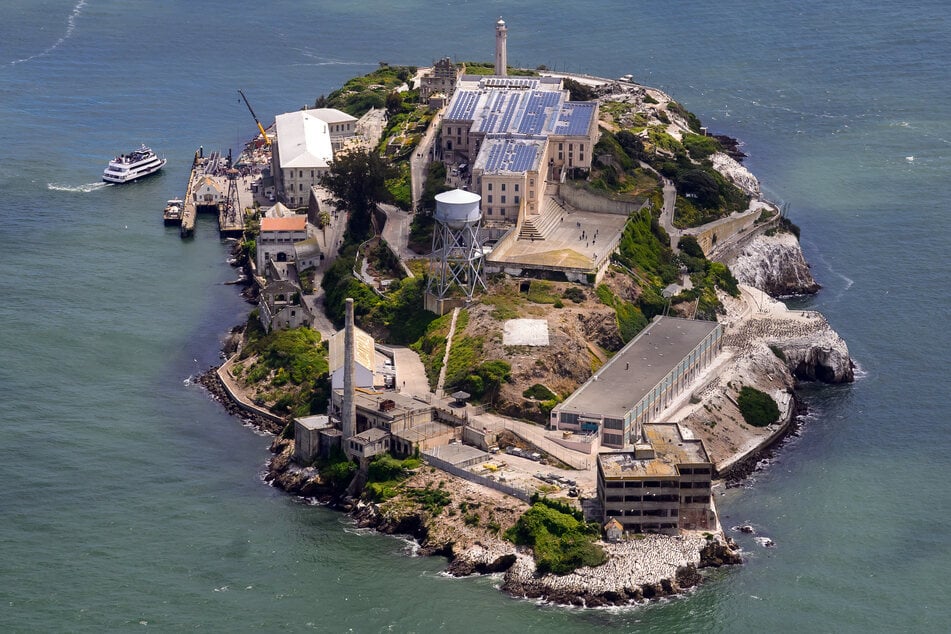



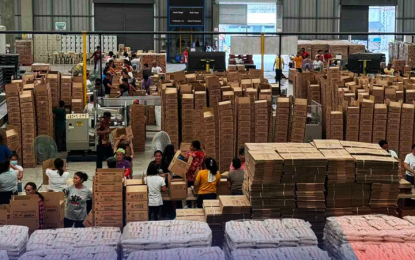






























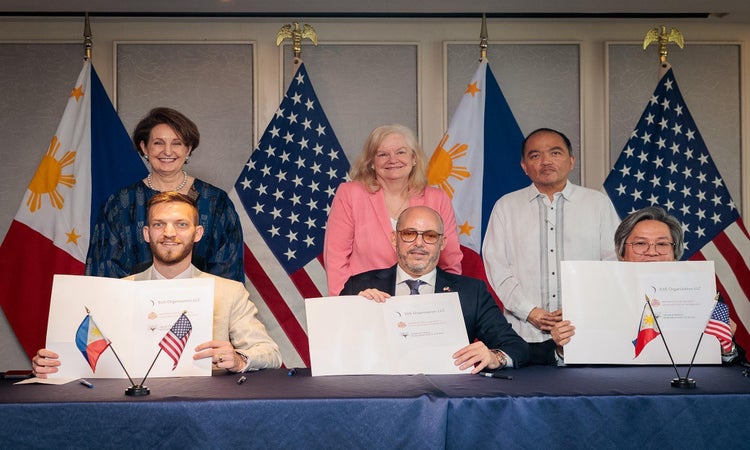









format(webp))
format(webp))











